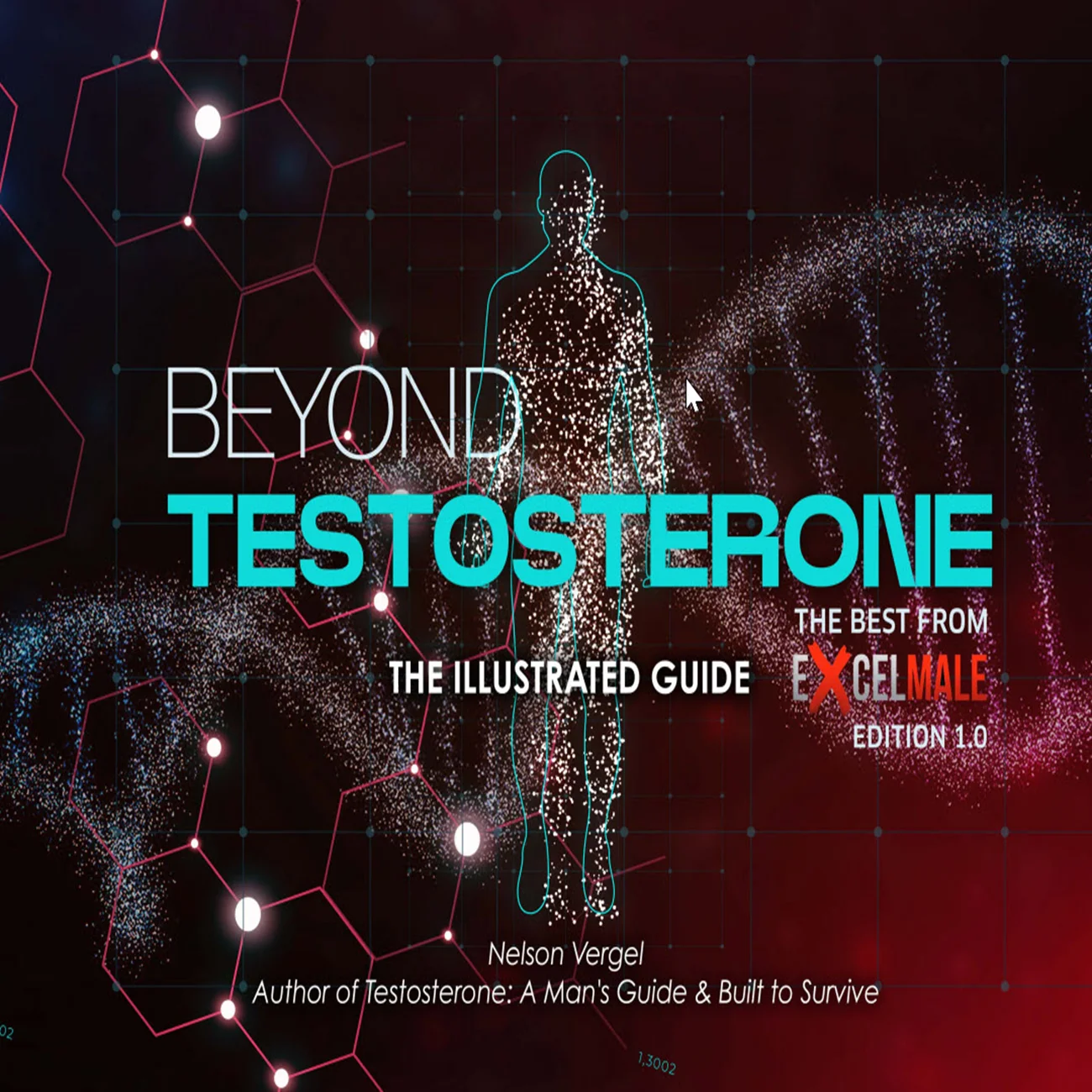You should upgrade or use an alternative browser.
long term trt
-
T
Very long term TRT (20+ years) - risk of liver cancer?
I've been on TRT for about 15 years. I keep my total testosterone on the low end, around 400 (I couldn't get my T over 150 before TRT). This evening I was reading this study: S2577 Development of Liver Cancers as an Unexpected... : Official journal of the American College of Gastroenterology |...- TestTube
- Thread
- hepatic liver long term trt
- Replies: 31
- Forum: Testosterone Basics & Questions
-

Questions for long-term users (>15 years)
Have you experienced any negative effects to your organs (liver, kidney, heart, lipids etc.)? Do you ever get elevated blood markers for these systems? If so are they transient? Thank you.- Hyrulewarrior1978
- Thread
- long term trt
- Replies: 1
- Forum: Testosterone Basics & Questions
-

Effect of 10 Years of Testosterone Replacement on Men's Bodies, Hormones and Metabolism.
Summary Subnormal levels of testosterone are associated with significant negative health consequences, with higher risks of all-cause and cardiovascular mortality. The numbers of studies reporting on the benefits of normalisation of testosterone is increasing but longer-term data on (elderly)...- Nelson Vergel
- Thread
- Replies: 0
- Forum: Testosterone and Men's Health Articles
TRT Hormone Predictor
Predict estradiol, DHT, and free testosterone levels based on total testosterone
⚠️ Medical Disclaimer
This tool provides predictions based on statistical models and should NOT replace professional medical advice. Always consult with your healthcare provider before making any changes to your TRT protocol.
ℹ️ Input Parameters
Predicted Hormone Levels
Enter your total testosterone value to see predictions
Results will appear here after calculation
Understanding Your Hormones
Estradiol (E2)
A form of estrogen produced from testosterone. Important for bone health, mood, and libido. Too high can cause side effects; too low can affect well-being.
DHT
Dihydrotestosterone is a potent androgen derived from testosterone. Affects hair growth, prostate health, and masculinization effects.
Free Testosterone
The biologically active form of testosterone not bound to proteins. Directly available for cellular uptake and biological effects.
Scientific Reference
Lakshman KM, Kaplan B, Travison TG, Basaria S, Knapp PE, Singh AB, LaValley MP, Mazer NA, Bhasin S. The effects of injected testosterone dose and age on the conversion of testosterone to estradiol and dihydrotestosterone in young and older men. J Clin Endocrinol Metab. 2010 Aug;95(8):3955-64.
DOI: 10.1210/jc.2010-0102 | PMID: 20534765 | PMCID: PMC2913038












